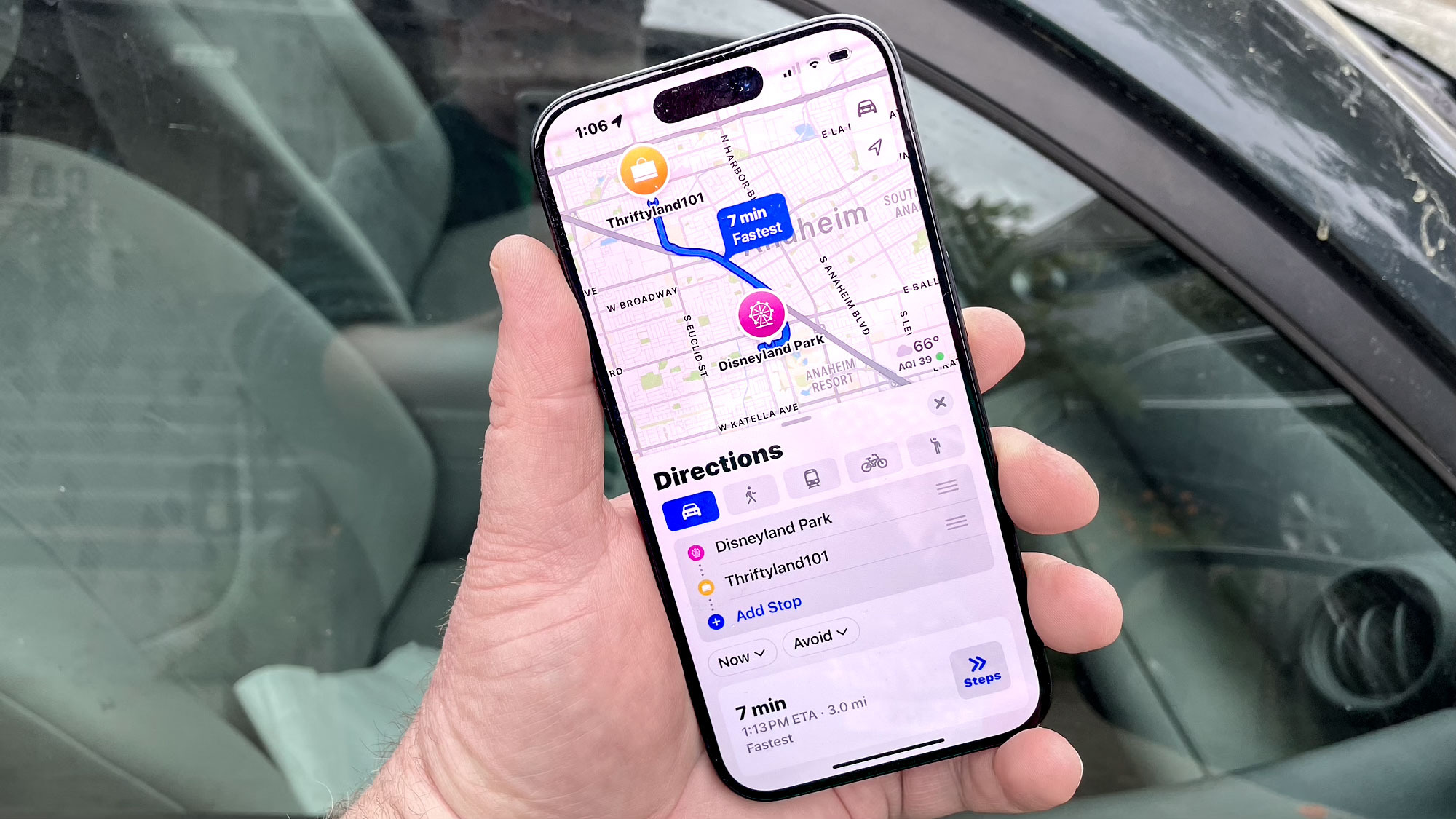Tom's Guide Verdict
If you want a fitness tracker that looks like a real watch and you don't need heart rate tracking, the Withings Activité Steel is the one to get.
Pros
- +
Attractive
- +
Automatic sleep tracking
- +
Long battery life
Cons
- -
No heart rate tracking
Why you can trust Tom's Guide
In one of the newest classes of fitness trackers, you'll find devices that look like analog watches, yet still track your steps, sleep, distance and calories burned. Withings was one of the first companies into this segment, with the Activité, a stylish device with a stainless-steel case and sapphire-glass dome. However, at $450, it was more expensive than most smartwatches. The Withings Activité Steel rivals the pricier original in terms of looks, yet costs just $169. It also comes with a very well-rounded app. This is not a device for athletes who want to keep tabs on their heart rates or pace while they run. But for those simply looking to be more active, the Activité Steel is one of the best fitness trackers on the market.
Design
Of all the fitness trackers I've worn, the Withings Activité Steel has attracted the most attention, and it's not hard to see why. The polished stainless-steel case, hands and hour marks are set off nicely by the black face and wristband.
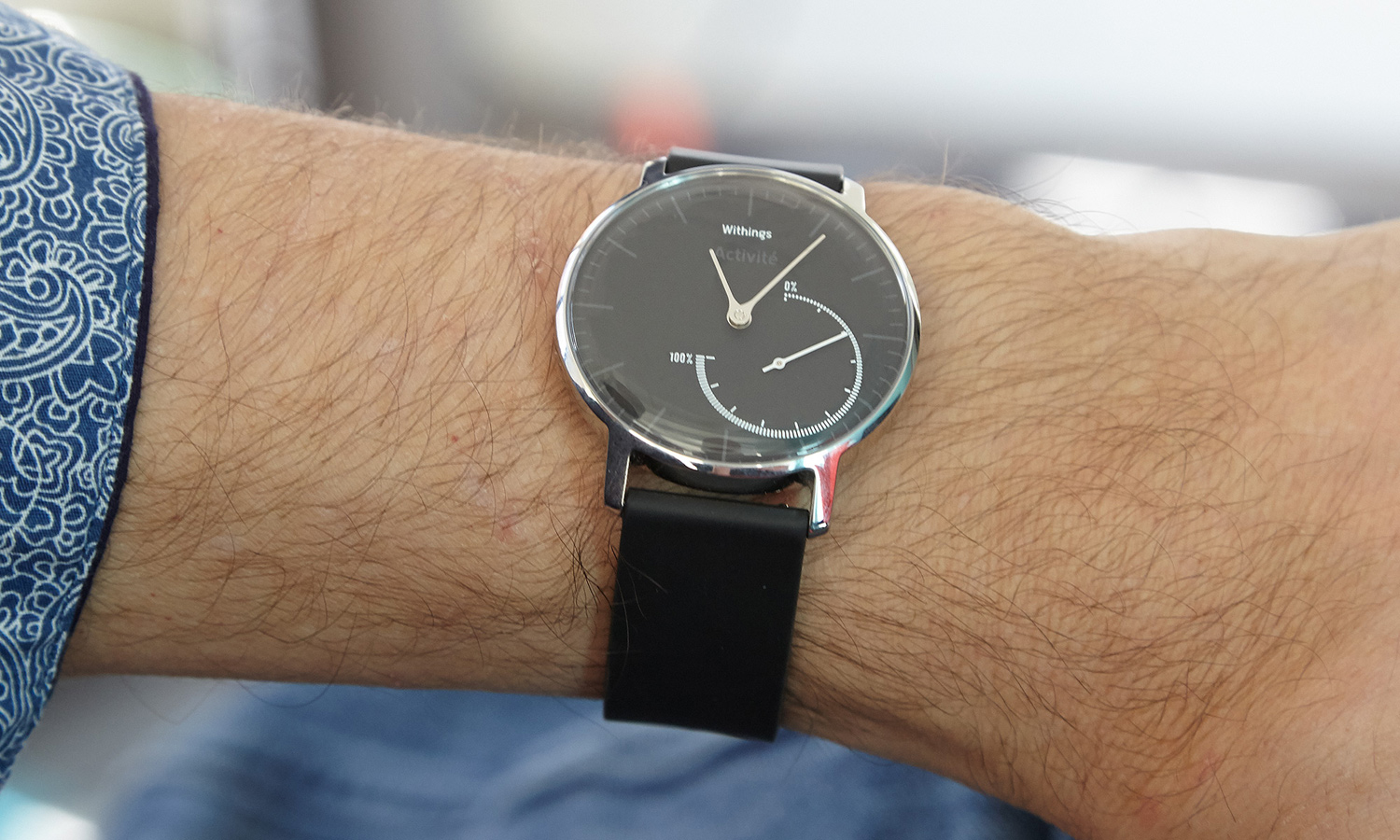
At first glance, it's hard to tell the $169 Activité Steel apart from the $450 Activité. Both have shiny metal cases and black watch-faces. However, on the pricier Activité, the activity hand is red, and the watch comes with a black leather band. On the Activité Steel, the activity hand is white, and the band is made of silicone.
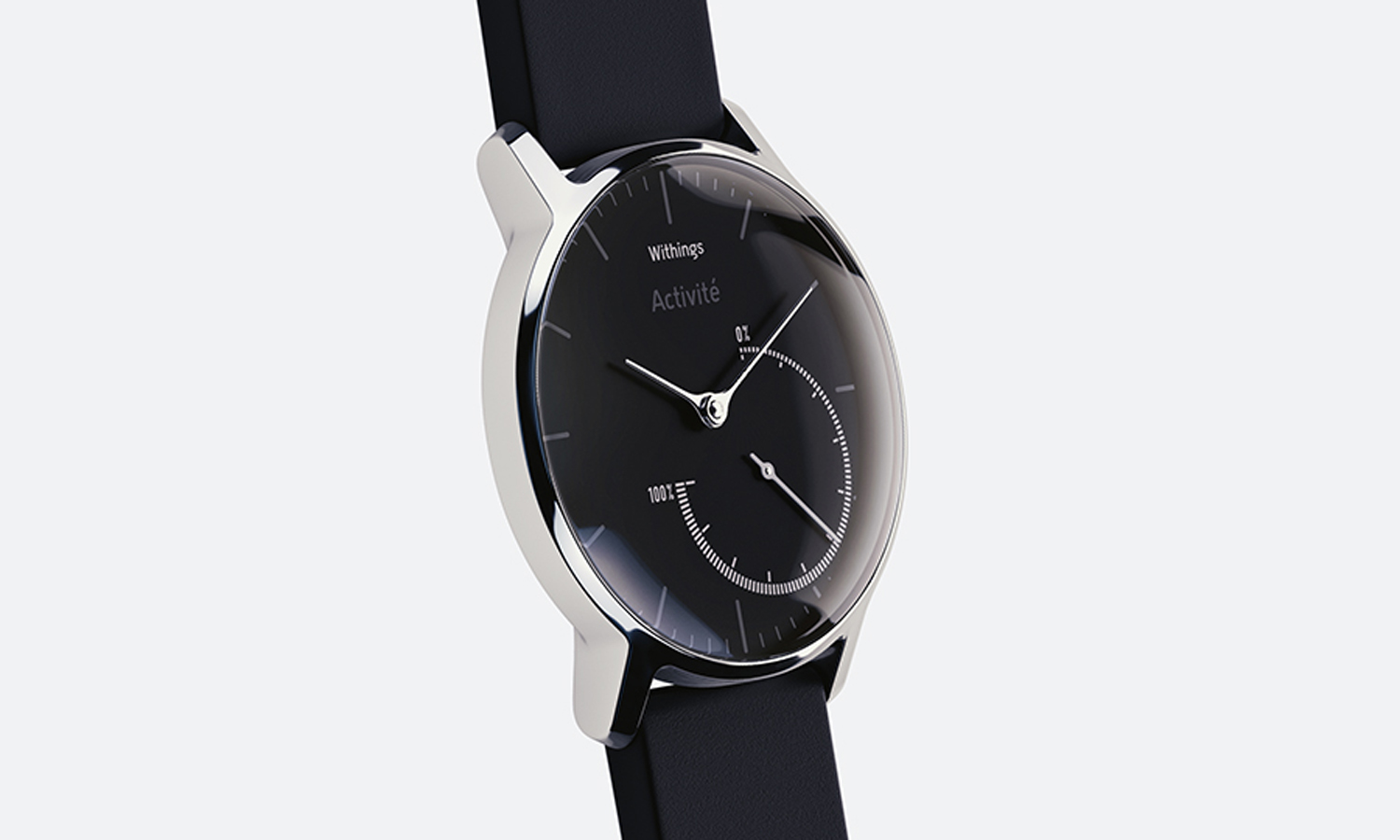
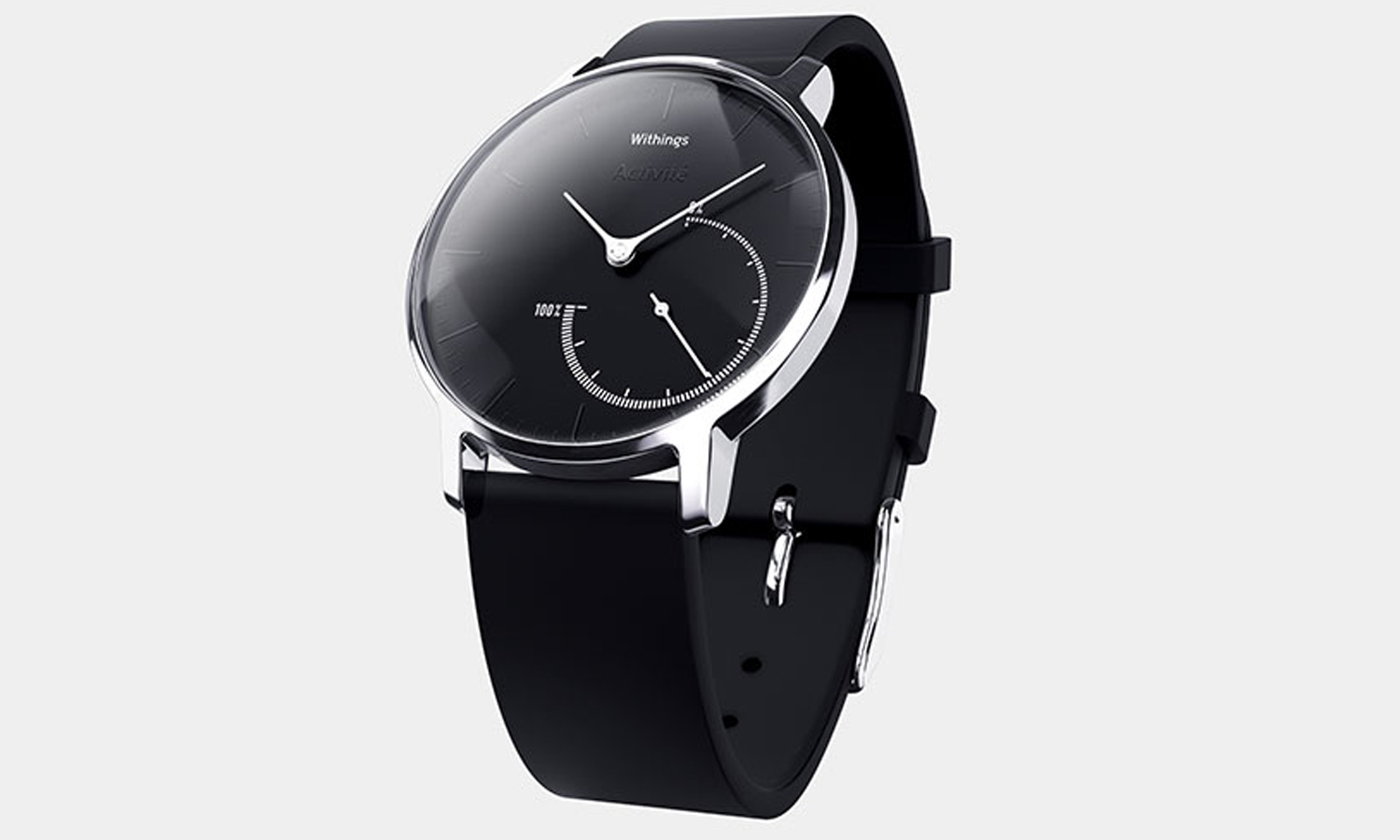
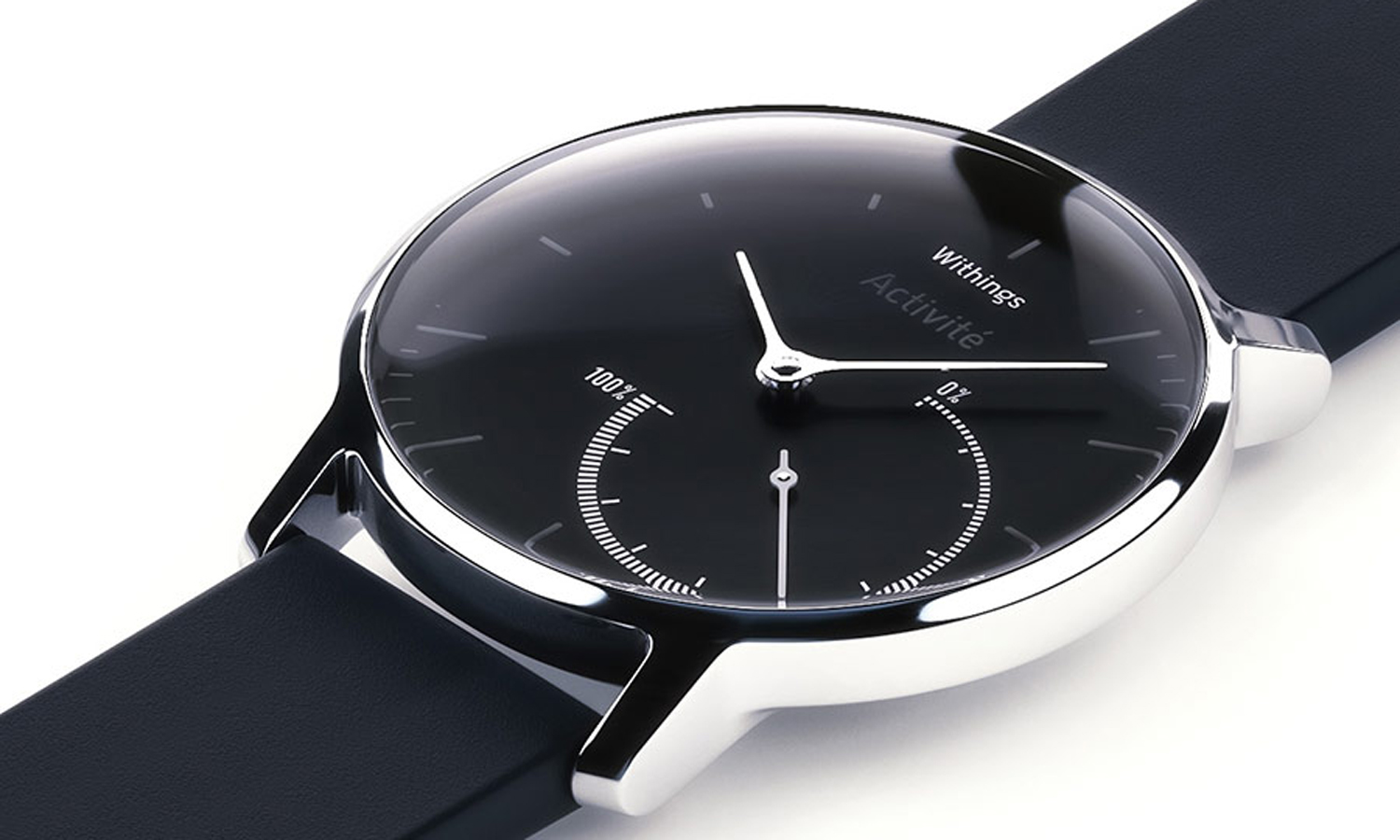
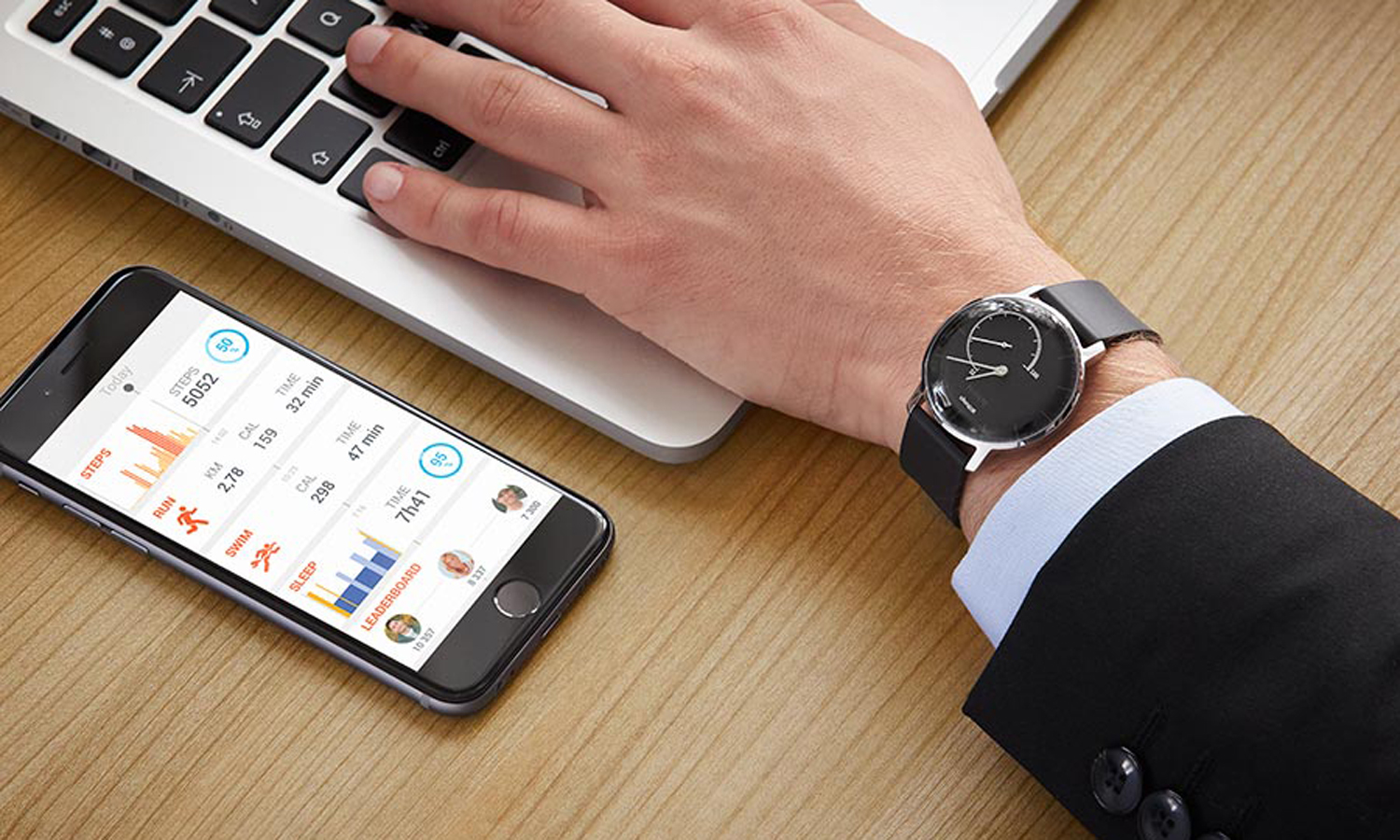
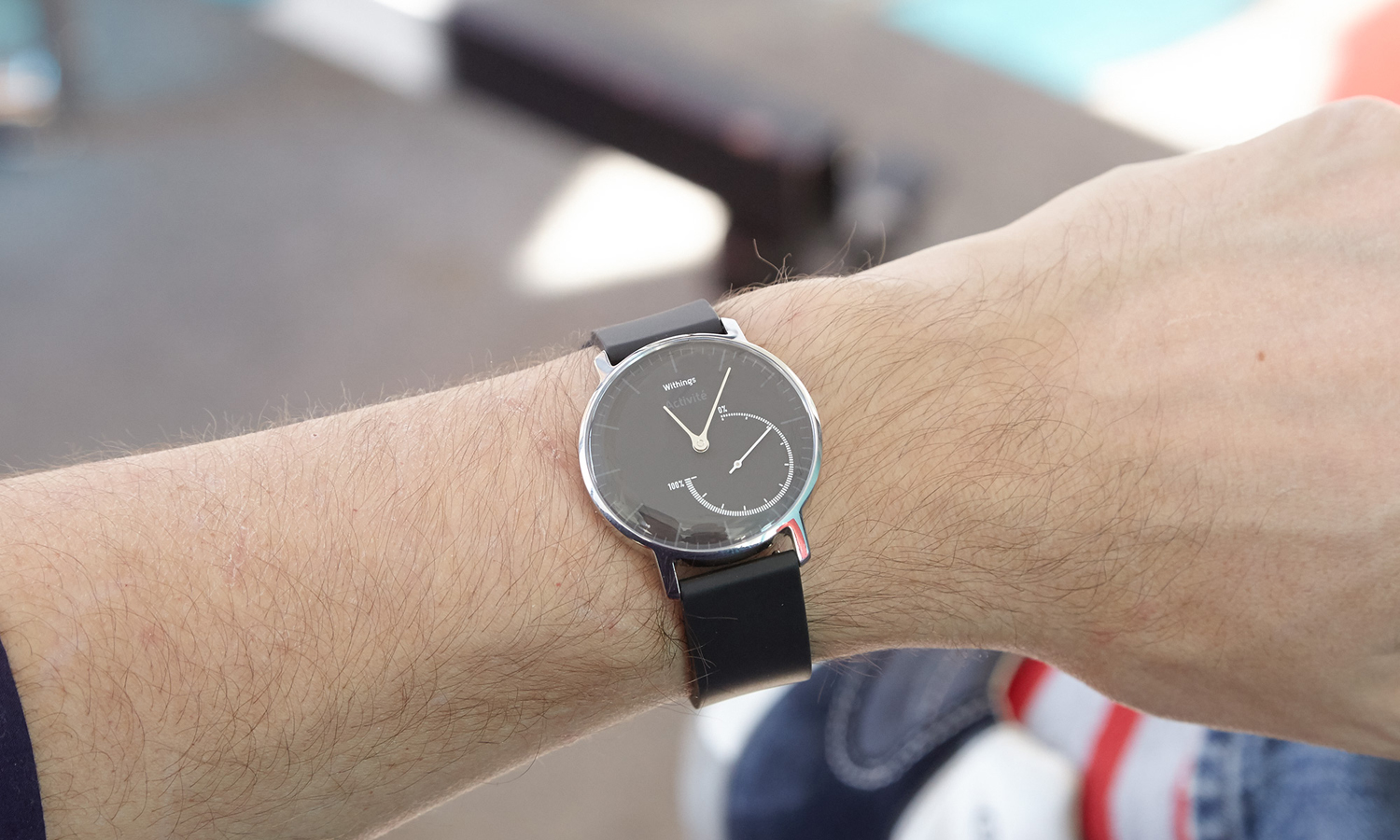

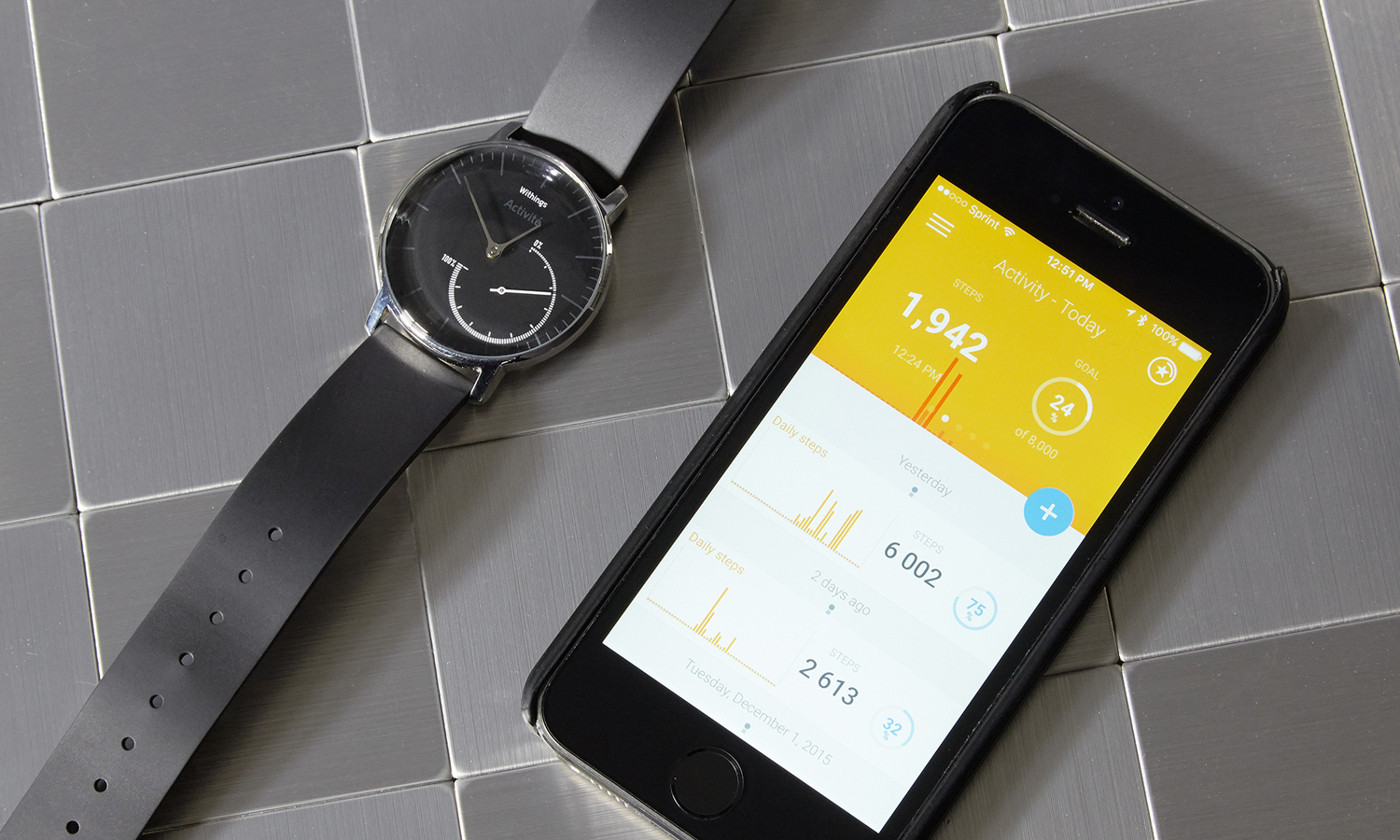
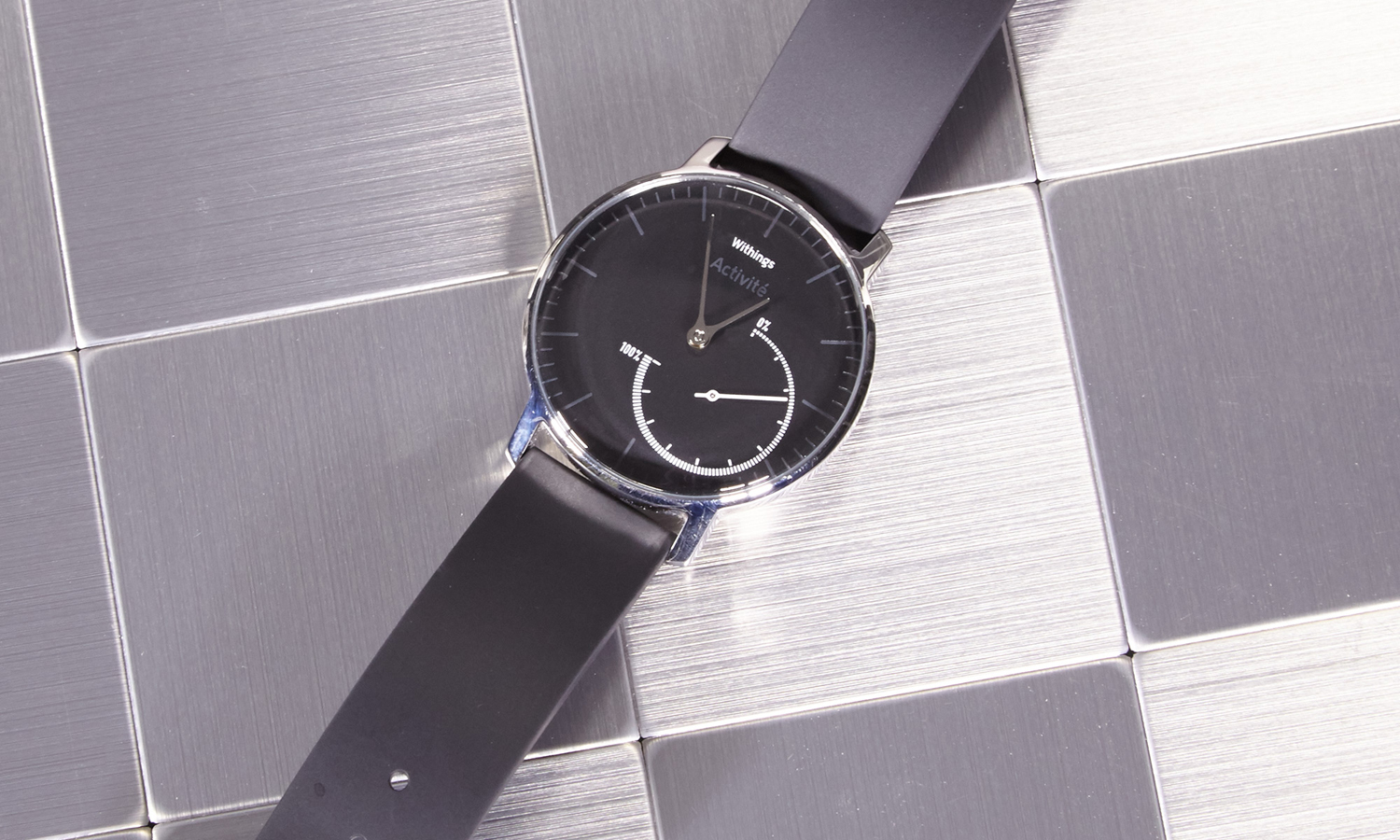
With a face just 36.3mm in diameter and a weight of just 1.3 ounces, the Steel is a lot smaller and lighter than other watch-style fitness trackers, such as the Runtastic Moment Elite (46mm and 8.5 ounces). While some people may prefer a chunkier watch, as do I from time to time, I found that the smaller size of the Withings made it much more comfortable to wear at night, when it was tracking my sleep.
Withings' health app is well-organized, giving you different ways to view your stats.
The Steel is water-resistant to 165 feet, so you can use it when you go swimming. Better yet, the watch can also record your strokes.
MORE: Best Fitness Trackers - Track Activity, Calories & Sleep
App
Withings' health app is well-organized; I especially like the different ways in which I could view my stats. In the Dashboard view, your health data is segmented into a cloverleaf at the top, representing weight, activity, sleep and heart data. As you meet your goals in each of these areas, they fill in with different colors. (This also serves as a subtle encouragement from Withings to buy the company's scale and heart rate monitors).

Below this are your daily stats for activity, sleep, weight, heart rate and calories — not just the number of steps taken, but the percentage of your goal you've completed, too. The stats are very easy to read, and selecting any one of the metrics lets you drill down deeper.
The Timeline view presents all the same information, but arrayed in a time line — and interspersed with Withings advertisements. In either view, a large Plus sign lets you add additional entries, be it weight, heart rate, blood pressure or food.
The small size of the Activité Steel made it very comfortable to wear at night, when it was tracking my sleep.
While the device shows you all of your historical data (Runtastic charges for anything older than a week), I didn't like that the Withings' app has only daily and weekly views. There's no way to see your progress over a month- or year-long time span.

While Withings' app doesn't have diet tracking built in, you can easily add that data through MyFitnessPal, which is well-integrated with Withings.
Performance
The Activité Steel has a three-axis MEMS accelerometer that's as accurate as any other fitness tracker that has similar technology. It measured an 800-step walk as 814 steps; that's pretty good compared to other fitness devices we've tested.

However, when I went for a run, the Steel calculated my 6-mile run as 6.9 miles. I'll take the extra credit, but I think I'll stick with a GPS running watch when I train for my next race.
MORE: How to Choose the Right Fitness Tracker for Your Needs
Sleep
I like that the Activité Steel has automatic sleep tracking, meaning you don't need to press a button when going to bed. But its algorithms needed a day to figure out my habits. The first night I wore the Activité Steel to bed, it recorded that I didn't go to bed until 3 a.m. This missed the mark by nearly 3 hours. However, the next two nights I wore the watch, it more accurately recorded my sleep.
Battery Life
The Activité Steel, like most watch-style fitness trackers, runs on a coin-cell battery, which Withings says will last up to eight months.
Bottom Line
If you want a fitness tracker that doesn't look like a fitness tracker, the Withings Activité Steel is your best bet. Although it costs just $179, it looks like a much more expensive timepiece, and still does a good job of monitoring your daily steps, distance and sleep. Its app works well, too, and links to other apps to fill in the gaps. Those who also want to track their heart rates would be better-suited with the $149 Fitbit Charge HR, but if you want an activity tracker that's as stylish as it is functional, the Withings Activité Steel is the one to get.
Alongside smartwatches, Withings is set to release the Body Scan smart scales, which aims to conduct segmented body composition and offer ECG measurements.

Michael A. Prospero is the U.S. Editor-in-Chief for Tom’s Guide. He oversees all evergreen content and oversees the Homes, Smart Home, and Fitness/Wearables categories for the site. In his spare time, he also tests out the latest drones, electric scooters, and smart home gadgets, such as video doorbells. Before his tenure at Tom's Guide, he was the Reviews Editor for Laptop Magazine, a reporter at Fast Company, the Times of Trenton, and, many eons back, an intern at George magazine. He received his undergraduate degree from Boston College, where he worked on the campus newspaper The Heights, and then attended the Columbia University school of Journalism. When he’s not testing out the latest running watch, electric scooter, or skiing or training for a marathon, he’s probably using the latest sous vide machine, smoker, or pizza oven, to the delight — or chagrin — of his family.
